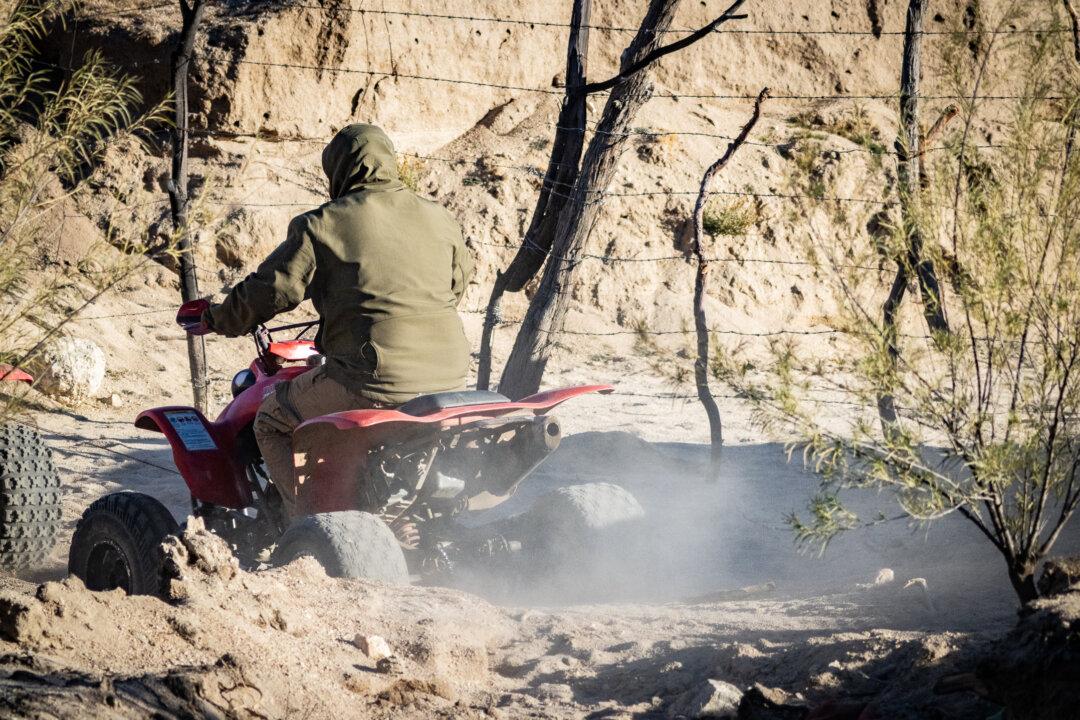Commentary
The Mexican government blames the United States for cartels deploying advanced weaponry while escalating violence in Mexico and Central America, fueling increased illegal immigration and drug trafficking into the United States.

The Mexican government blames the United States for cartels deploying advanced weaponry while escalating violence in Mexico and Central America, fueling increased illegal immigration and drug trafficking into the United States.